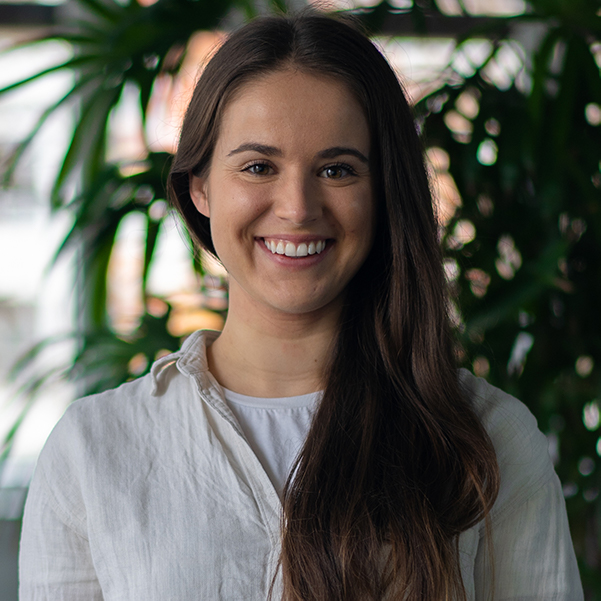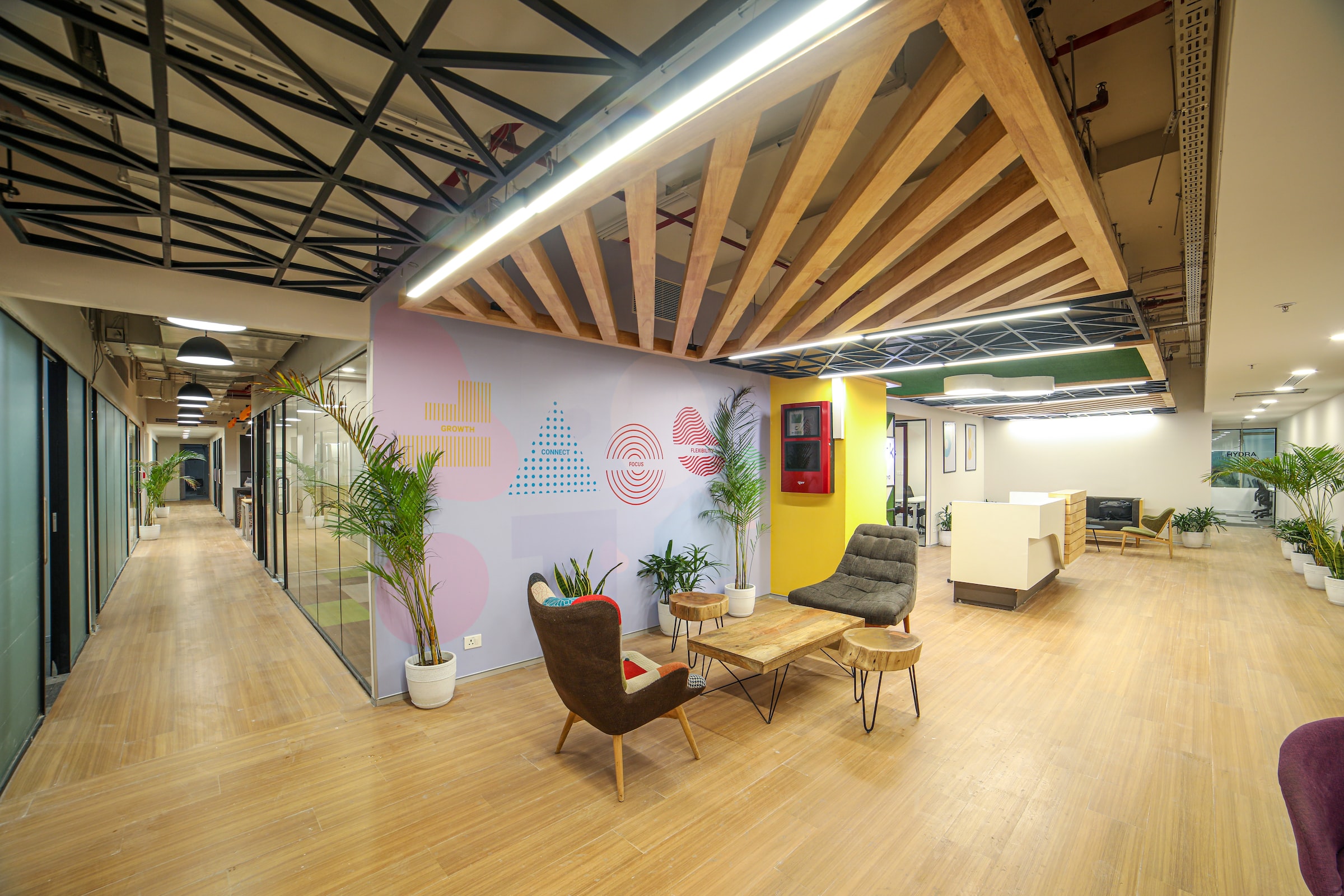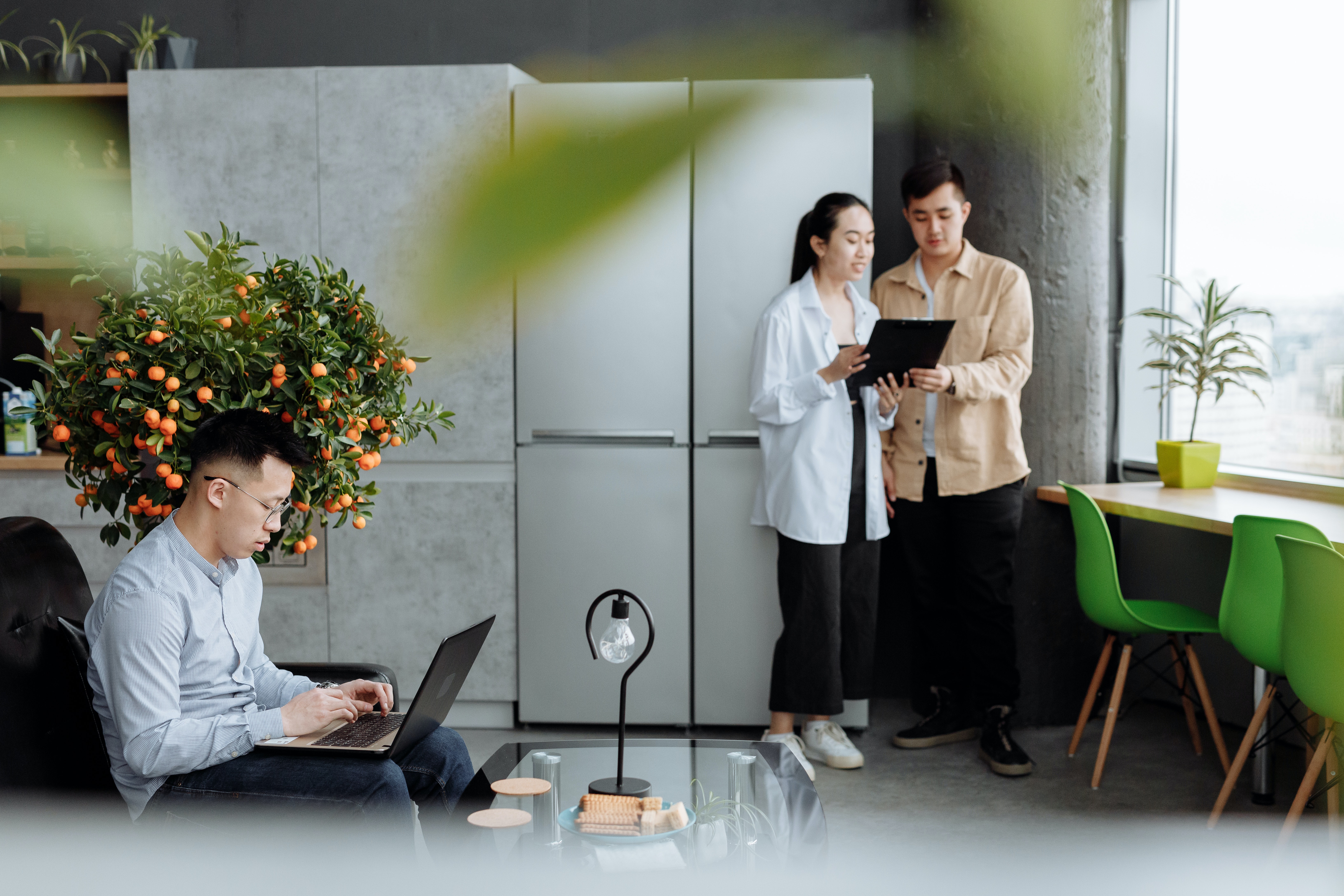Understanding the ways in which each employee works is the key to creating a successful customized workplace experience. In this episode, Mikkel Lyngbo Nielsen and host Sabine Ehm discuss methods of how to personalize the employee user experience.
Our workplace experience personalization guest
Mikkel Lyngbo Nielsen is the Chief Real Estate Officer at Ericsson. Throughout his career, Mikkel has seen numerous sides of the real estate industry. He has worked in urban planning, airport development, and various large infrastructure projects. This varied real estate background has given him the unique advantage of comprehending different perspectives within the industry.
Shortly after accepting his current role with Ericsson, the COVID-19 pandemic forced everyone to work from home. Fortunately, his superiors saw this as an advantage. Mikkel did not yet know what the offices of the company looked like. With this lack of knowledge, Mikkel is leading a cross-functional project focusing on what the future offices of Ericsson will be without dwelling on the past.
Listen to the following clips to gain insight into Mikkel’s method of predicting the future workplace experience.
A glimpse into the future workplace experience
“Workplace experience is not tied, anymore, strictly to the physical office that you’re providing.” – Sabine Ehm
In the past, experience in the workplace was only measured with variables pertaining to the physical space. Over the past decade, we’ve seen this mindset slowly change. But it accelerated because of the global pandemic. The office of the future will not just simply be a singular place. Instead, it will comprise many, such as home offices and third-party spaces. Within the world of corporate real estate, many questions have emerged about how this will work. What kind of role will the office actually play in the future? What services will we deliver? How much will we actually be in the office? How do we make it attractive?
Broadening experience in the workplace
“Why look at it only from experience in the workplace? Why not try broadening it a little and say what is the user experience?” – Mikkel Lyngbo Nielsen
The user experience of working for a company can be defined as each time a task is performed related to the job. Be it going into the office, logging on to the network from home, or having a meeting in a third-party setting, each experience must be thought of when designing the future workplace experience. Mikkel suggests we think of it as a user experience instead of solely workplace, as this encompasses both HR and IT.
“One-size fits no-one [but], we cannot come up with 120,000 solutions. How can we at least define some common patterns within the data?” – Mikkel Lyngbo Nielsen
When Mikkel joined the Ericsson team, he was under the assumption that the workforce would be back in the office within a few months. With this time crunch, Mikkel and the Office of the Future team were under immense pressure to gather good data, fast. In the summer of 2020, they performed data gathering exercises such as the Leesman survey. These data points would then answer questions such as how activities are performed at home vs. in-office.
Personalization in the workplace
When Mikkel interviewed employees, he found the answers to be black and white. They either enjoyed working from home or didn’t. After digging into the data, he was able to find patterns of certain activities that were difficult to perform at home. Team-focused activities, collaborations, and hosting customers, were very difficult to translate virtually. After performing many interviews and workshops, Mikkel and his team found 5 different persona profiles within the company.
“There are a lot of discussions around the office [being] a lot more [about] socializing, coming together and collaborating. We very much have that view. But it’s also important to remember the 10-15% of our workforce that actually needs to focus and do most of their work from the office. How can we also make sure that they have the right environment?” – Mikkel Lyngbo Nielsen
For personalization in the workplace, Mikkel and his team came up with 5 different personas. Each Ericsson employee would fit into one of them. From there, the office space could be customized to better fit each location’s workforce. When beginning a new project, the team sends out a survey to understand the population of each persona at the specific location. This helps the real estate team curate the space appropriately.
Interestingly, within the 5 personas, 3 were quite similar in that they are capable of working from home. However, they choose not to. Each persona has an individual reason for choosing to go to the office. For example, performing activities, working on a global team, or simply wanting to socialize and feel a part of a community. Mikkel quotes an employee, saying “I want to feel a part of something bigger than just sitting at home alone wearing my sweatpants”.
Conclusion for workplace experience personalization
The corporate real estate community is in flux on what the office of the future will look like. Looking forward, Mikkel suggests we focus more on understanding what the entire user experience looks like, and including IT and HR in decision making. To add to this, Mikkel has developed a process of defining personas within the Ericsson workforce to be able to make educated decisions on future projects. The pandemic has changed the way we work, and this is how Ericsson is adapting.
Listen to this (episode No. 23) and other podcast episodes.
Want to turn your current offices into the ideal future workplace?

 5’
5’




